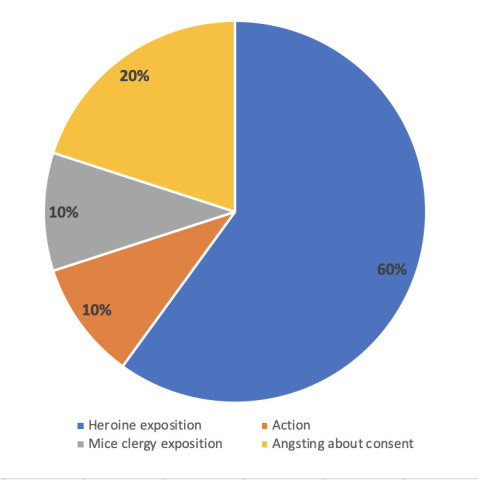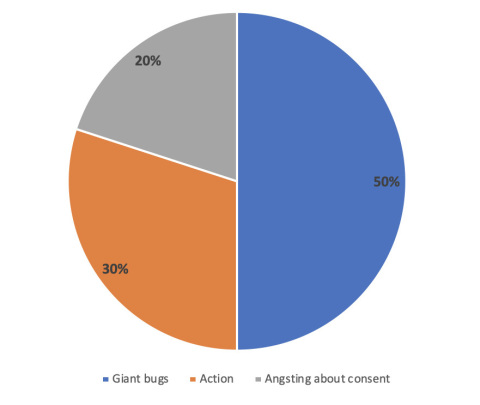A Watership Down-esque epic fantasy about an ant colony under threat.
I don't expect talking animal books to be totally faithful to actual animal behavior, but I do want them to at least evoke the general concept of the animal in question. Peter Rabbit may wear a blue jacket, but he also sneaks into danger to get carrots. T. H. White's ant colonies are strictly regimented, with dissent literally unthinkable; they're metaphors for fascism, but it feels intuitively correct that ants could sort all things into DONE/NOT DONE.
The closer the animals are to actual animals, the more faithful I expect them to be to actual animal behavior. I expect less rabbit-ness from Peter Rabbit, who wears a blue jacket, than from the Watership Down rabbits, who don't wear clothing and live in burrows. If the animals are clearly intended to more-or-less be real animals, I definitely expect their biology/anatomy to be correct. Even Peter Rabbit shouldn't have an exoskeleton or thumbs.
Hawdon's ants are clearly intended to be real ants, except talking and intelligent. They climb blades of grass. They live in a colony. They are in danger of being stepped on.
1. WORKER ANTS ARE ALL FEMALE, HAWDON. YOU DON'T GET TO MAKE ALL THE ANTS MALE EXCEPT FOR THE QUEEN JUST SO YOU CAN AVOID HAVING MORE THAN ONE FEMALE CHARACTER IN THE ENTIRE BOOK.
2. Ants do not have lungs.
3. Ants do not have skulls.
I don't expect talking animal books to be totally faithful to actual animal behavior, but I do want them to at least evoke the general concept of the animal in question. Peter Rabbit may wear a blue jacket, but he also sneaks into danger to get carrots. T. H. White's ant colonies are strictly regimented, with dissent literally unthinkable; they're metaphors for fascism, but it feels intuitively correct that ants could sort all things into DONE/NOT DONE.
The closer the animals are to actual animals, the more faithful I expect them to be to actual animal behavior. I expect less rabbit-ness from Peter Rabbit, who wears a blue jacket, than from the Watership Down rabbits, who don't wear clothing and live in burrows. If the animals are clearly intended to more-or-less be real animals, I definitely expect their biology/anatomy to be correct. Even Peter Rabbit shouldn't have an exoskeleton or thumbs.
Hawdon's ants are clearly intended to be real ants, except talking and intelligent. They climb blades of grass. They live in a colony. They are in danger of being stepped on.
1. WORKER ANTS ARE ALL FEMALE, HAWDON. YOU DON'T GET TO MAKE ALL THE ANTS MALE EXCEPT FOR THE QUEEN JUST SO YOU CAN AVOID HAVING MORE THAN ONE FEMALE CHARACTER IN THE ENTIRE BOOK.
2. Ants do not have lungs.
3. Ants do not have skulls.



















